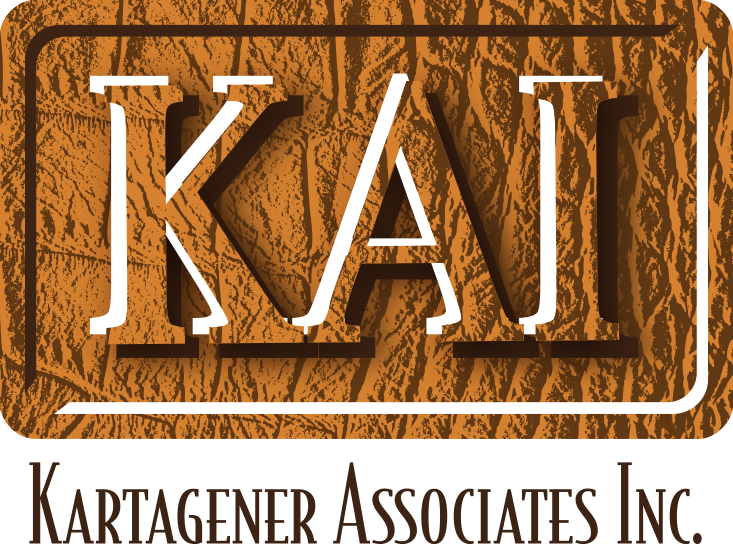Gifu: A Leader in Sustainable Tourism
Gifu has once again made the Top 100 list by Green Destinations for their excellent Good Practice Stories that have proven to be compliant with the basics of sustainability performance. This is the second consecutive year the prefecture has earned this designation! Gifu Prefecture has always been famous for its abundant nature and world-class traditions and culture; this continuous accolade is proof of the world's recognition that the essence of sustainability is home in Gifu.
Here in the abundance of nature in Gifu Prefecture, the ancestral traditions, culture, and craftsmanship live on, connecting the good old times of Japan with the present day. The soothing way of sustainable living in Gifu has enchanted people through the ages,
In the Spirit of YUI
Shirakawa Village, a UNESCO World Heritage Site since 1995, is famous for its hamlet of gassho-zukuri traditional thatched-roof houses. A custom of mutual support, called yui, has been handed down in this village since olden times. The villagers help each other protect the traditional houses and preserve the town's historic landscape by collectively fighting fires and re-thatching the roofs. By experiencing local cuisine around the anirorisunken hearth when you stay in one of these houses where local villagers still reside, you can catch a glimpse of traditional life with yui passed down through generations and let this relaxing space far away from the hustle and bustle of any cities embrace you. That truly is a "YUI Experience"!
The Charm of SEIRYU
The Nagara River is considered one of Japan’s three seiryu, or clearest rivers, boasting excellent water quality despite flowing through urban areas. Ayu sweet-fish, a symbol of clear streams, inhabits the river’s basins, and ukai, traditional ayu fishing using cormorants, has been practiced in Gifu city for 13,000 years. In 2015, the Nagara River’s upper and middle basins were designated as a “Globally Important and Traditional Agriculture, Forestry, and Fishery System” (GIAHS), thereby recognizing local efforts to protect the crystal-clear waters of the river while still utilizing it in daily life. This co-existence between villages and the river is reflected in the GIAHS designation.
Various traditions, cultures, and artisanal techniques that make the most of the pristine water are preserved here and are passed down from generation to generation. A few examples: Seki hamono—knives, formerly swords, produced in Seki—is said to be the world's third-largest traditional blade smithing area in the world; Hon Mino washi, authentic Japanese paper handcrafted in Mino; Gujo bon odori, an annual dance festival in Gujo that is a Buddhist celebration to commemorate and honor ancestors, which has been celebrated for over 400 years. Travel to this region where you can feel the sustainable cycles of the local people who have chosen to live with the river in harmony rather than fighting it. Gaze at the beautiful crystal-clear water of the Nagara River and let your "SEIRYU Experience" begin here!



